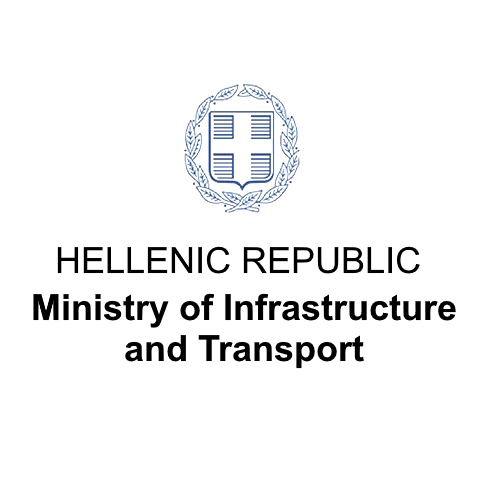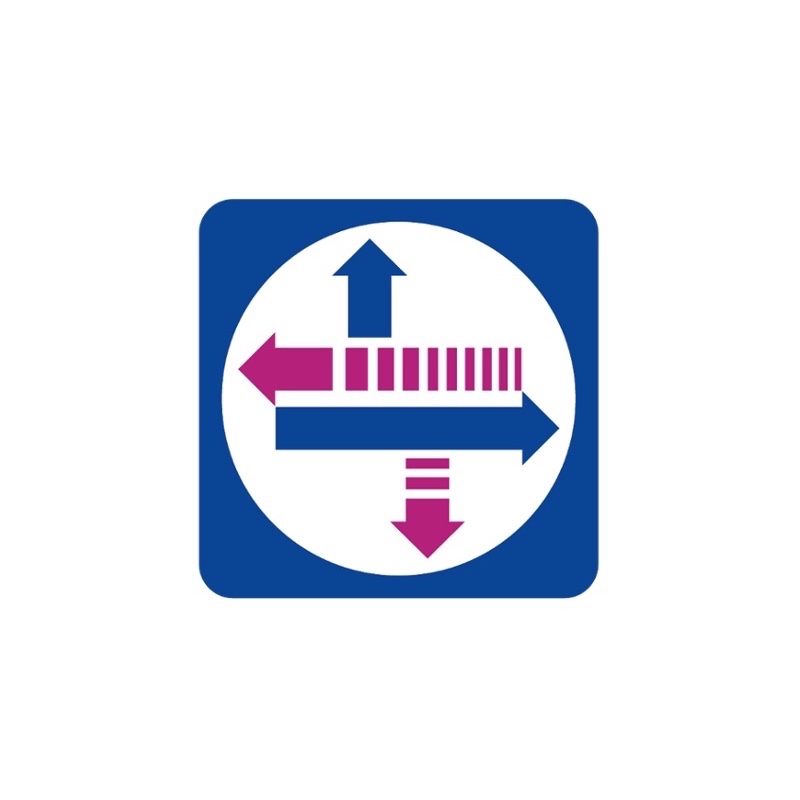Users of the National Access Point have access to a variety of Intelligent Transport Systems datasets that can be used for personal or even commercial purposes.
Accredited organizations / users have the ability to offer their Intelligent Transport Systems datasets under various licenses, for free or under contract, through a secure environment.
Local authorities or central government agencies can use the National Access Point to access Intelligent Transport Systems datasets from accredited organizations or provide their own data.
The National Access Point offers a variety of real-time data ranging from traffic congestion levels and vehicle speeds to travel time data.
The National Access Point also accommodates static or historical data (e.g. Motorist Service Stations and past weather measurements), thus offering a comprehensive overview tο its users.
Data can be hosted on a secure local server or directly linked to an organization's single point of access. Hosted data are backed up regularly.

CROCODILE 2 is a co-financed European project (CEF 2014-2020), which involves public authorities, road administrations, and traffic information service providers in an effort to ensure coordinated traffic management and control, resulting in high quality traveler information services. Partners from Austria, Bulgaria, Croatia, Cyprus, Czech Republic, Germany, Greece, Hungary, Italy, Poland, Romania, Slovakia, and Slovenia work together in order to improve cross-border transportation through the implementation of harmonized and synchronized ITS applications.

The Greek Ministry of Infrastructure and Transport is the beneficiary of the Crocodile 2 project on behalf of Greece. It is the party responsible for the monitoring of progress during the implementation of the project.
The mission statement of the Ministry of Infrastructure and Transport includes: a) the planning and implementation of national policy as well as the creation of the appropriate institutional framework at a European and international level for the development of transport-related services of high quality under conditions of healthy competition, b) the planning and implementation of policies for the development at a national level of transport and other infrastructure for the promotion and enhancement of mobility, accessibility, and economic growth, and c) the planning and implementation of integrated national policy for the promotion of road and transport safety through coordinated actions and large-scale interventions.

The Hellenic Institute of Transport (HIT) is part of the Centre for Research and Technology Hellas (CERTH). HIT's main objective is to conduct and support applied research activities in the field of transportation in Greece. HIT hosts the HIT Transport Observatory and Data Management Portal, which is comprised of twelve high-speed servers capable of managing large quantities of data in real-time conditions. Thus, it provides services related to transport data provision, management, and processing. HIT manages both the raw data as well as ICT process data, in order to offer various other services to potential users and to support transport-related research.
Within the Crocodile 2 project, HIT acts as an implementing body on behalf of Greece. Its main mission within the project is to design and create the National Access Point (NAP) on behalf of the Greek Ministry of Infrastructure and Transport. The NAP provides a single interface through which transport-related data from various data providers are made accessible to the public. Datasets are accompanied by a standardized set of metadata in order to facilitate their exchange and reuse. NAP is a requirement of the European Union, as stated in the Delegated Regulations 885/2013, 886/2013 and 962/2015 that supplement the ITS Directive 2010/40/EU.